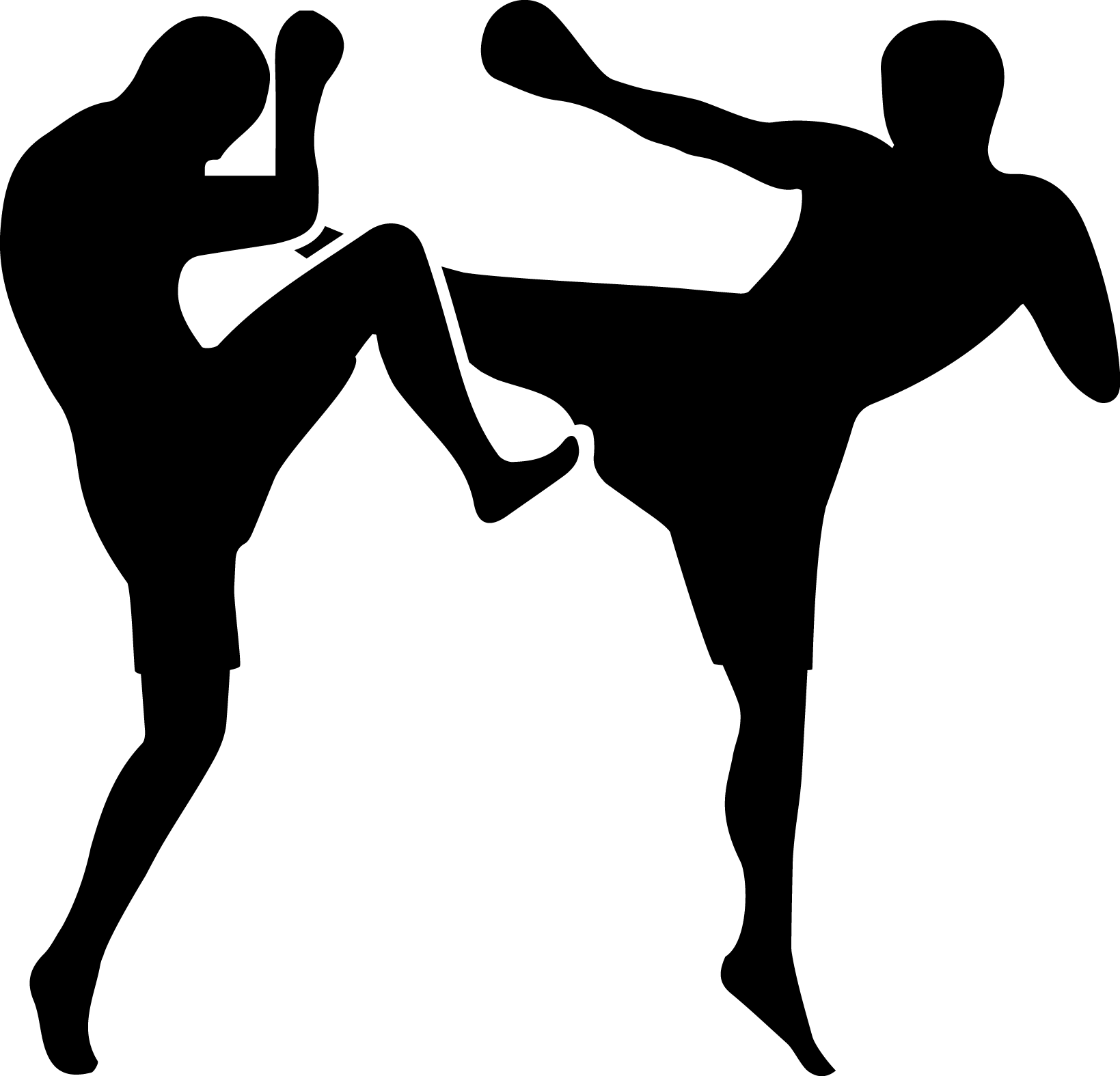In the world of martial arts, there are myriad styles and disciplines that have captivated both athletes and spectators alike. Four of the most popular and dynamic forms of combat are boxing, Muay Thai, kickboxing, and Jiu Jitsu. Each with its unique techniques, strategies, and philosophies, these disciplines have cultivated fierce competitors and thrilling showdowns throughout the years. Whether you prefer the sweet science of boxing, the devastating strikes of Muay Thai, the explosive kicks of kickboxing, or the intricate ground game of Jiu Jitsu, the ultimate martial arts showdown awaits you. Join us as we dive into the world of these incredible disciplines to explore what makes them truly special, and what sets them apart from one another. Prepare to be amazed by the skill, strength, and dedication exhibited by the fighters who have mastered these arts. It’s time to step into the ring and witness a clash of titans like never before. Be prepared to be blown away by the heart-pounding action that only the ultimate martial arts showdown can deliver.
1. The Art of Striking: Boxing, Muay Thai, and Kickboxing
Boxing, Muay Thai, and Kickboxing are all dynamic martial arts that revolve around the art of striking. Each discipline brings its unique techniques and strategies to the table, making them thrilling and effective forms of combat. Let’s take a closer look at what sets these arts apart.
Boxing is known as the "Sweet Science" and focuses primarily on punches. With its roots dating back to ancient times, boxing has evolved into a modern sport, emphasizing footwork, head movement, and precise striking. It is a discipline that demands discipline, agility, and lightning-fast reflexes. This art of self-defense has given birth to legendary fighters and continues to captivate audiences worldwide.
Muay Thai, also known as the "Art of Eight Limbs," originates from Thailand and incorporates the use of fists, elbows, knees, and shins. Muay Thai fighters are known for their incredible toughness and strong clinch work. The training focuses on developing devastating strikes, as well as improving endurance through intense conditioning. Muay Thai’s combination of strikes from various angles makes it a formidable and exciting martial art.
Kickboxing, a fusion of boxing and martial arts like karate and Muay Thai, is a fast-paced combat sport that emphasizes punches, kicks, and knee strikes. With roots in Japan and later gaining popularity in the United States, kickboxing showcases the versatility of striking arts by incorporating both punches and kicks. It requires a combination of speed, power, and precision, making it a thrilling display of athleticism and technique.
These three striking arts, boxing, Muay Thai, and kickboxing, all have their nuances and strengths. From the precise punches of boxing to the eight limbs of Muay Thai and the combination striking of kickboxing, each art offers unique techniques and strategies for practitioners to master. Whether you’re a spectator or a participant, the dynamic nature of these martial arts is bound to keep you engaged and enthralled.
2. The Art of Grappling: Jiu Jitsu
Jiu Jitsu, also known as Brazilian Jiu Jitsu (BJJ), is a martial art that focuses primarily on ground fighting and submission holds. It originated from the Japanese martial art of Jiu-jitsu, but was adapted and developed by the Gracie family in Brazil. With its emphasis on leverage and technique, Jiu Jitsu allows smaller individuals to defend themselves against larger opponents.
In Jiu Jitsu, the aim is to take the fight to the ground and use various techniques to gain dominant positions and eventually submit the opponent. Practitioners learn a wide range of joint locks, chokes, and other submission holds to control and immobilize their opponents. This art form requires a high level of skill and technique, as well as strategic thinking and problem-solving on the mat.
Jiu Jitsu is often seen as a complementary art to striking-based martial arts like Boxing, Muay Thai, and Kickboxing. Its focus on ground fighting and submissions provides a valuable skill set that can be utilized in self-defense situations or in mixed martial arts competitions. Additionally, Jiu Jitsu training offers physical benefits such as increased strength, flexibility, and cardiovascular endurance.
In conclusion, Jiu Jitsu is a highly effective martial art that brings a unique dimension to the world of combat sports. Its emphasis on leverage, technique, and ground fighting makes it a formidable discipline that complements other striking arts. Whether for self-defense or competitive purposes, the art of Jiu Jitsu provides a valuable skill set for practitioners seeking to expand their martial arts repertoire.
3. Comparing the Techniques and Strategies
In terms of techniques, boxing mainly focuses on punches and footwork. With its emphasis on head movement and powerful punches, boxers aim to knock out their opponents or win rounds based on points. On the other hand, Muay Thai, also known as the art of eight limbs, incorporates punches, kicks, knees, and elbows. This diverse range of striking techniques gives Muay Thai fighters a wide array of options during a match.
Kickboxing, as the name suggests, combines elements of boxing and kicking techniques. Fighters in this discipline are skilled in both high and low kicks, as well as punches. The incorporation of kicking techniques allows for a more varied and dynamic approach to combat.
Jiu Jitsu, in contrast to the striking arts mentioned above, focuses on ground fighting and submission holds. With an emphasis on leverage and technique rather than brute force, Jiu Jitsu practitioners aim to bring their opponents to the ground and apply various techniques to gain control or force them to submit.
Each martial art employs different strategies. Boxing often prioritizes aggressive offensive tactics, aiming to overwhelm opponents with fast and powerful punches. Footwork plays a crucial role in creating angles and avoiding incoming strikes in order to maintain dominance in the ring.
Muay Thai fighters, while also being aggressive in nature, tend to employ a more balanced approach. They utilize a combination of powerful strikes and clinching techniques, making use of their knees and elbows for devastating close-range attacks. This creates a style that is both aggressive and technical in its execution.
Kickboxers blend offensive and defensive techniques from both boxing and kicking disciplines. They typically focus on maintaining distance from opponents, utilizing a range of kicks and punches in quick succession. This allows for a constant barrage of strikes to keep their opponents on the defensive.
Jiu Jitsu practitioners rely heavily on grappling and ground fighting strategies. They aim to bring the fight to the ground where they can utilize their expertise in submissions and holds. By focusing on securing dominant positions and controlling their opponents, Jiu Jitsu fighters can effectively neutralize their opponents’ attacks while seeking opportunities to submit or force them to surrender.
In conclusion, these four martial arts each have their own unique techniques and strategies. Whether it’s the precise punches of boxing, the varied striking techniques of Muay Thai, the combination of punches and kicks in kickboxing, or the ground fighting expertise of Jiu Jitsu, each discipline offers a distinct approach to combat. Understanding the strengths and weaknesses of each martial art can help individuals choose the one that best suits their personal preferences and goals.

